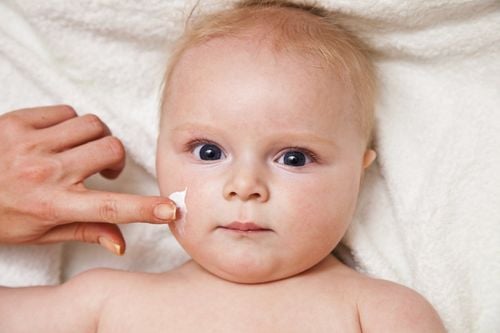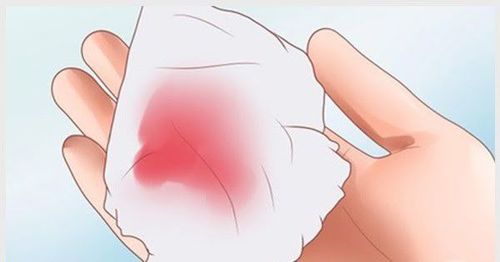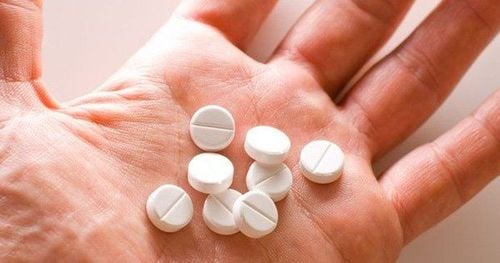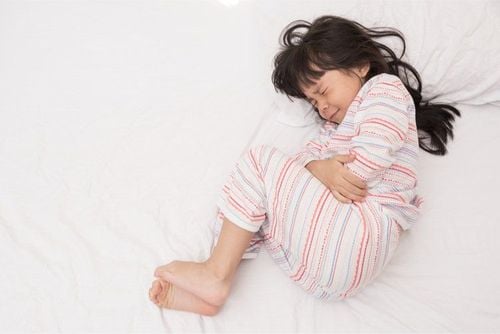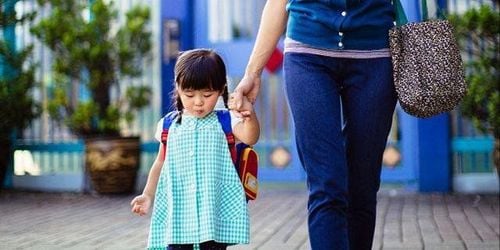This is an automatically translated article.
Prepared baby foods will use a variety of packaging for storage, including glass jars, bags made of laminated plastic and foil, and plastic containers. When you buy baby food, in addition to the nutritional content of the product, what you need to consider to choose depends on the type of packaging used to contain the food.1. Food packaging
Food packaging or food packaging is understood as a means used to preserve foods from the influence and impact of the external environment, to help limit the spoilage process of food. , drinks.Food packaging is often designed in many different designs and models to reflect the creativity and aesthetics of the designer through the product.
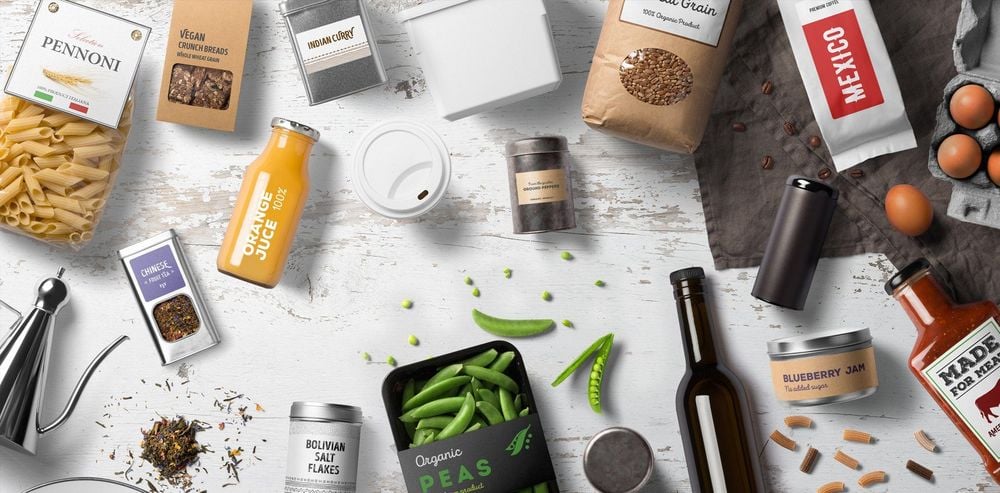
Bao bì thực phẩm hay bao bì thức ăn được hiểu là phương tiện sử dụng nhằm bảo quản các loại thực phẩm tránh khỏi những ảnh hưởng, tác động từ môi trường bên ngoài
2. Baby food in glass jars
2.1 Advantages of glass jars Recommended by the American Academy of Pediatrics (AAP) for food storage or preparation (instead of plastic containers) Eliminates risk of potentially harmful chemicals in some plastics can leach into food Recyclable 2.2 Cons of glass jars Heavier than plastic containers or bags Very high risk of breakage Depending on the brand, the liners can contain a chemical called bisphenol A (BPA)3. Baby food in plastic containers
3.1 Advantages of plastic containers Lighter weight than glass Less likely to break than glass Often recyclable 3.2 Cons of plastic containers Very small amounts of potentially harmful chemicals, including BPA and phthalates , can leach from plastic into food. To avoid these chemicals, look for baby foods labeled "BPA-free" or "ph-thalate-free."Heat (for example, from the microwave) or damage to plastic containers increases the chance of chemicals getting into the food.
Note: Although the US Food and Drug Administration has banned the use of BPA in baby bottles, sippy cups, and infant formula packaging, the agency states that the use of BPA in other types of food packaging is safe. However, because infants and young children are particularly susceptible to chemical exposure, the AAP recommends that parents avoid plastics marked with the following recycling codes:
3 (phthalates) 6 (styrene) 7 (bisphenols, including BPA) You may also want to look for products in packaging labeled "biobased" or "greenware" - these containers are made with plant-based materials.
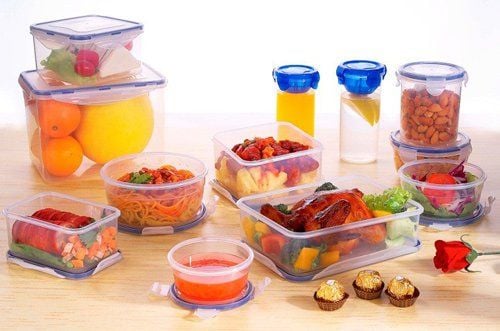
Hộp nhựa nhẹ và không bị vỡ, sẽ an toàn hơn nếu trẻ cầm chúng
4. Baby food in the bag
4.1 Baby food bag advantages Lightweight Won't break Squishable, more convenient to carry - no spoon required Less mess, as there is less dripping and splashing when food comes straight from the spout your child's mouth (if your baby is young, squeeze the puree into a bowl so you can feed it with a spoon) 4.2 Cons of baby food bags Usually more expensive than canned food Cannot be recycled on site, often added to landfills Misuse of baby food bags can increase the risk of certain developmental delays and health problems in children Note: Baby food bags are lined with polypropylene (referred to only). designated by recycling code 5), a BPA-free plastic.4.3 Use caution when overusing baby food bags Babies who are learning to eat solid foods should gradually transition from purees to foods with more texture. As feeding skills improve, your baby can make finger foods and soft foods. Overuse of bags, containing purees, can lead to potential problems in several areas, including:
Eating skills: If your baby is ready to try foods with a lot of content texture but continuing to eat only pureed foods, which can slow the development of important eating skills, such as chewing and swallowing thicker or crumbly foods. These skills are also important for speech development. Flavor Range: Puree bags often combine multiple ingredients - such as fruit and vegetables or meat with fruit sweetness as the dominant flavor. So your baby may be eating salty foods like beef or kale, but not necessarily get used to those flavors. Eating habits: Some experts believe that the convenience of bags means parents may have them ready too often, such as whenever an infant or toddler is fussy. This encourages more frequent snacking which can lead to overeating and unhealthy associations between food and comfort. Oral health: Swallowing bags of pureed foods, especially bags of fruit (with natural sugars), throughout the day can put children at higher risk of tooth decay. Once your baby has mastered solid foods, focus on helping him eat growth-appropriate foods, get used to spoon-feeding, and eventually eat on his own. Whenever possible, squeeze the contents of the bag into the bowl so your baby can see and smell the food as you eat it. Save food directly from the bag when you're on the go or as an occasional snack.
5. Recycle baby food packaging
Glass jars: Glass is recyclable. Before proceeding with the recycling process, separate the metal caps and follow local guidelines for metal recycling. You may need to remove and dispose of the lid liner. Plastic box: Usually recyclable. Find the recycling code that indicates the type of plastic and check your local guidelines. However, wrapping paper and zippers may need to be disposed of in the trash. Bags: Not locally recyclable. Manufacturers are still finding solutions to this problem, although at least one company offers a mail-in recycling program for used baby food bags.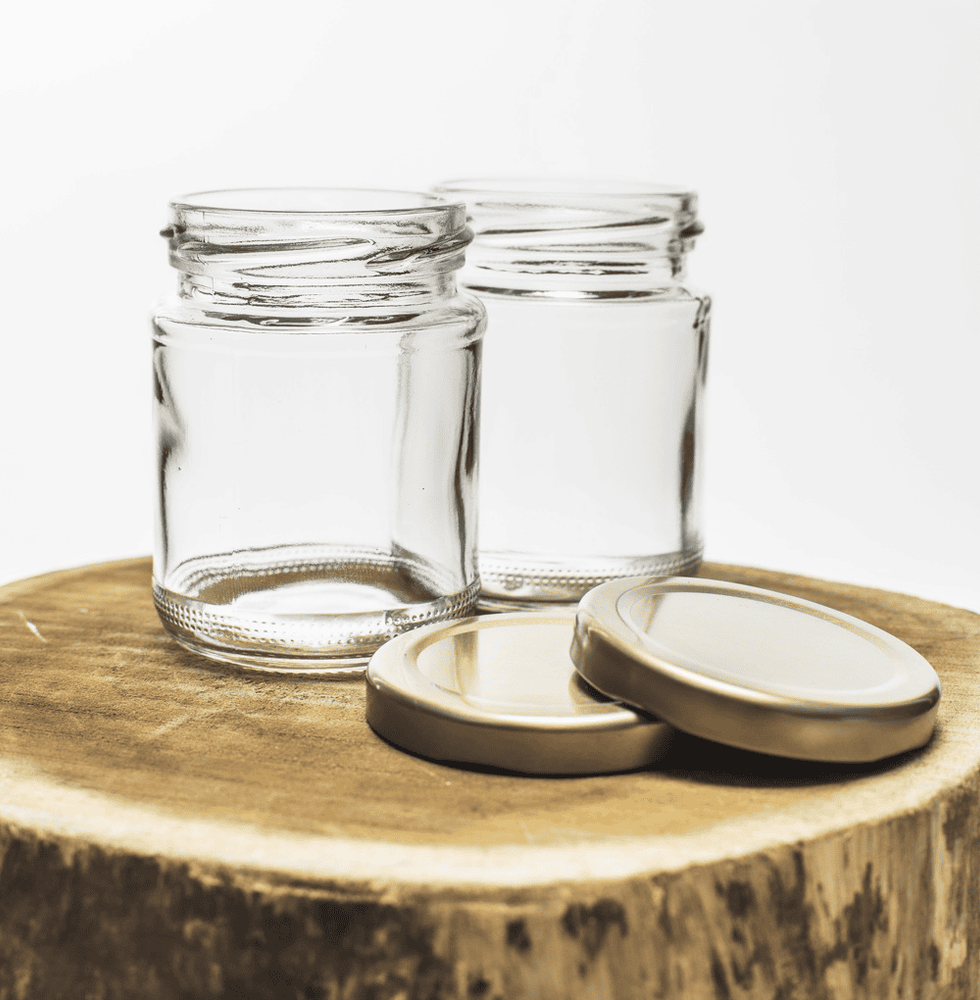
Lọ thủy tinh đựng thức ăn của trẻ có thể tái sử dụng nhưng hãy lưu ý trong quá trình tái sử dụng chúng
6. Safety of baby food packaging
Perishable baby food. Some store-bought baby foods need to be refrigerated (if you buy food from a store refrigerator, this is likely to be the case). Other baby foods have a stable shelf life and can be stored without refrigeration until the expiration date.After opening the baby food container, follow the manufacturer's instructions for storing leftovers and the timeframe for discarding anything left over.
Always discard baby food in the following cases:
Safety stopper is not flat on the lid of the glass jar. If the baby food jar's seal is broken and the jar doesn't "pop" when you open it, throw them away. The bag is swollen or leaking. Could be a sign that the food is contaminated. Expiration date in the past. You should check the expiration date of any foods you give your baby. For children to be healthy and develop well, it is necessary to have a nutritious diet in terms of quantity and quality balance. If children are not provided with adequate and balanced nutrients, it will lead to diseases of excess or lack of nutrients, which adversely affect the comprehensive development of children in terms of physical, mental and motor skills.
Children need to provide enough zinc / day for them to eat well, reach the correct height and weight and exceed the standard. Zinc plays a role in affecting most biological processes taking place in the body, especially the breakdown of nucleic acids, proteins... Organs in the body when zinc deficiency can lead to a There are a number of diseases such as neurological disorders, irritability, etc. Therefore, parents need to learn about the role of zinc and guide them to appropriate zinc supplements for their children.
In addition to zinc, parents also need to supplement their children with other important vitamins and minerals such as lysine, chromium, B vitamins,... errands.
Please regularly visit Vinmec.com website and update useful information to take care of your baby and family.
Reference source: babycenter.com





